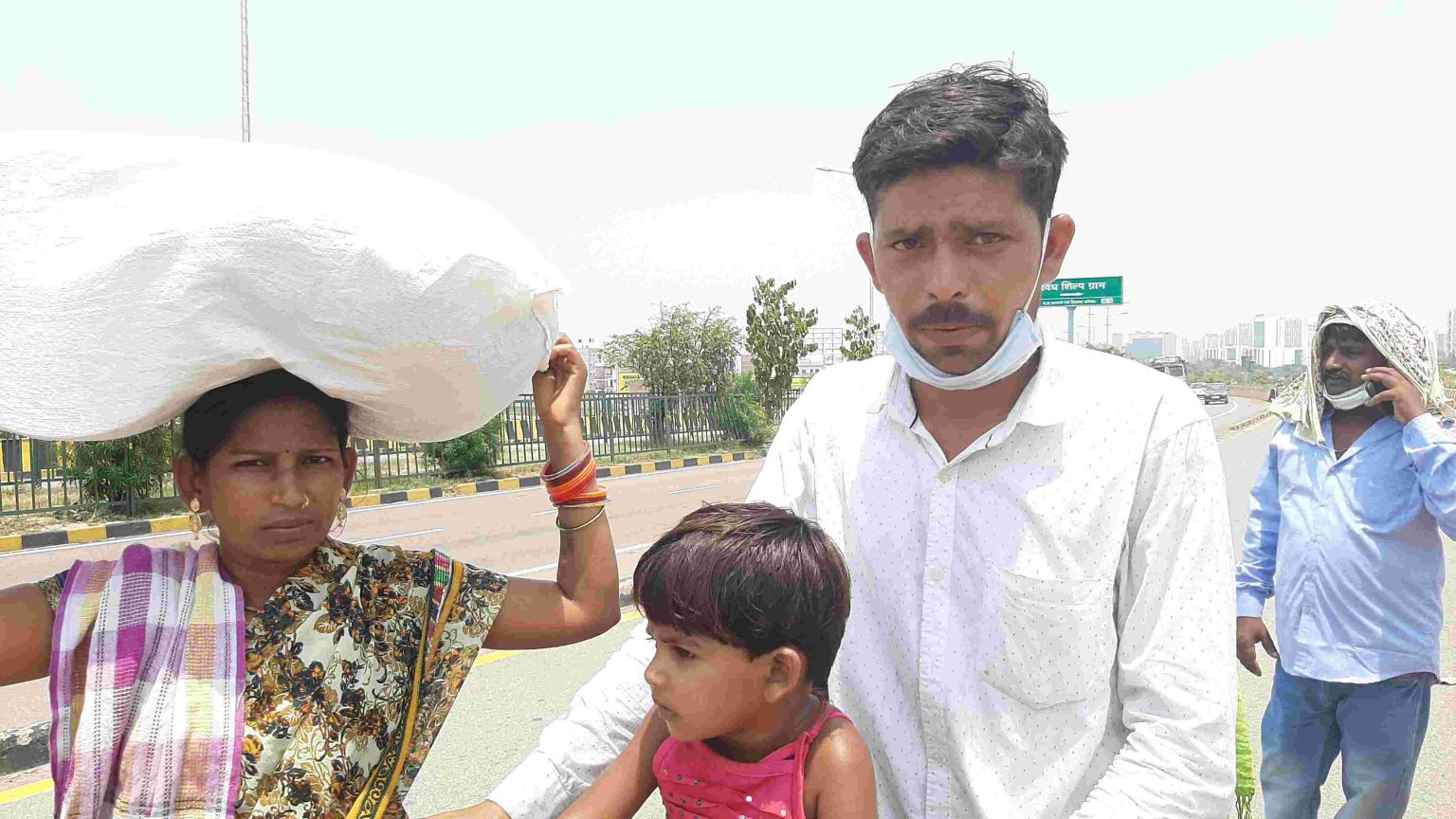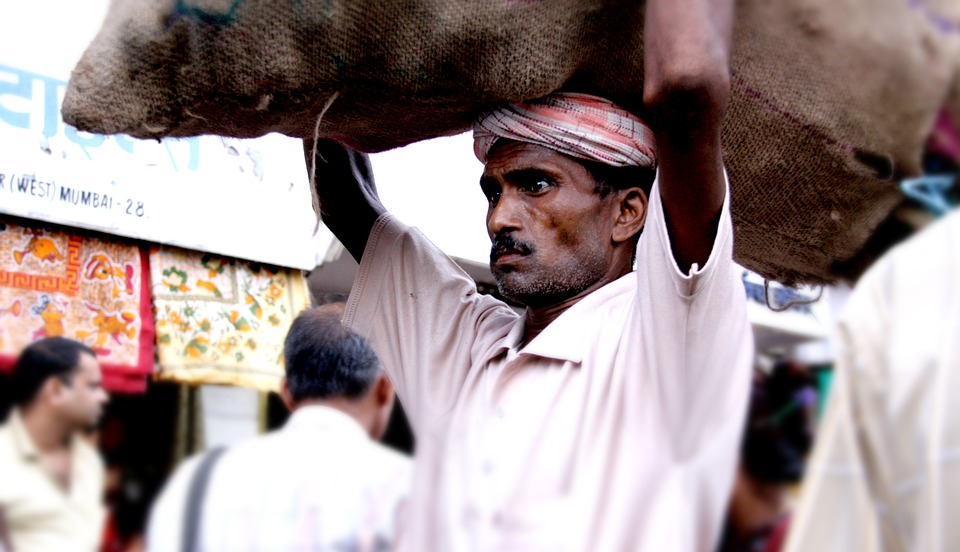Labour laws in Lok Sabha: Government claims reform; activists raise an alarm
The labour law codes before the Lok Sabha shortchange the migrant workforce and those from the informal sector, protest labour activists.


Photo: Pixabay
On September 19, amid opposition, the government introduced three crucial labour legislations in the Lok Sabha in order to ‘reform’ the labour sector in the country. These include The Code on Social Security, 2020; The Occupational Safety, Health and Working Conditions Code, 2020; and The Industrial Relations Code, 2020.
While introducing the bills, labour and employment minister Santosh Gangwar said the government had included 174 out of 233 recommendations of the standing committee on labour across three codes, and these codes were being introduced again as they had undergone substantial changes. He also informed that the government had held nine rounds of tripartite consultations while drafting the three labour codes.
However, the Working People’s Charter, an umbrella body of organisations working with people in the unorganised sector, has termed the present form of these codes as “anti-working class” and through these “the government intends to put the last nail into the coffin of labour protection”.
“Despite strong opposition, the ‘Labour Code on Wages’ was passed in 2019, while three others were tabled recently on September 19 after several rounds of revisions. While the Union Government claims to have responded to demands by worker unions, almost no suggestions have been meaningfully incorporated into the current versions of these Code Bills,” reads a statement issued by the Working People’s Charter. The codes miserably fail to extend any form of social protection to the vast majority of informal sector workers including migrant workers, self-employed workers, home-based workers and other vulnerable groups, it claims.

Threshold troubles
One of the biggest concerns the workers union has towards The Code on Social Security, 2020 is that it does not emphasize social security as a right and Section 2(6) of the code retains the old threshold of only those sites with 10 or more building and other construction workers. In addition, “personal residential construction work,” which forms a large component of daily waged work, is excluded from the provisions of the Code. For Provident Fund, only establishments with 20 or more workers are covered, excluding the millions of micro and small enterprises from its ambit.
Simply put, this means only those workers who work at sites employing 10 or more labourers can claim social security measures. “This has been the traditional politics of labour laws in the country that tries and excludes a large chunk of working population by putting a threshold and keeping workers out of the purview of social security laws,” Chandan Kumar, a labour activist based in Pune told Gaon Connection.
According to him, the coronavirus disease (COVID-19) crisis should have served as a wake up call for the Indian government to protect all the workers and universalise the social security measures and maternity benefits. However, that hasn’t been the case as is reflected in the three codes introduced in the Parliament, he said.
Workers’ unions are also demanding separate categorisation of inter-state migrant workers (moving between different states) and a proper system for contribution towards its welfare fund, including portability of social security for this floating population of workforce.

At present, the Inter-State Migrant Workmen (Regulation of Employment and Condition of Service) Act, 1979 regulates the employment of inter-state migrant workers and provides for their conditions of service, and is applicable on five or more migrant workers. But, the new code has raised the threshold to ten workers or more.
Labour activists also allege the three codes introduced in the Lok Sabha are silent on intra-state migrant workers (moving within the same state), who form a large chunk of the migrant workers population in the country.
Farm workers bereft of occupational safety
The Occupational Safety, Health and Working Conditions Code, 2020 code seeks to consolidate and amend the laws regulating the occupational safety, health and working conditions. “However, the Code excludes many branches of economic activities, most notably, the agriculture sector which employs more than 50% of total working population of India,” reads the recent statement by the Working People’s Charter.
It alleges that this code leaves out a large chunk of workers in the informal sector, such as small mines, hotels and eating places, machinery repairs, construction, brick kilns, power looms, fire-works, carpet manufacturing, and also those employed as informal workers in organised sectors, including new and emerging sectors such as IT and ITES, digital platforms, e-commerce.
The labour unions have welcomed the portability of the public distribution system (PDS), but have also demanded universalisation of occupational safety and healthy working conditions for all the workers including daily wage labourers and farm labourers.

“There are hundreds of thousands of farm labourers that move within a state, for instance the sugarcane cutters in Maharashtra. They work like bonded labourers with no formal recognition or access to workers benefits. The labour codes continue to ignore such workers,” said Kumar.
Daily wage workers and farm labourers are already vulnerable. The recent annual report, Accidental Deaths & Suicides in India 2019, of the National Crime Records Bureau (NCRB), reported that almost one-fourth of the people dying of suicide in the country are daily wage workers. Meanwhile, the share of death by suicide by farmers in 2019 stood at 7.4 per cent, or 10,281 farmers’ suicides of the total 139,123 suicides in the country. Of the total farmers suicides last year, about 5,957 were cultivators while 4,324 (42 per cent) were agricultural labourers.

The major farming sector suicides were reported in the state of Maharashtra at 38.2 per cent. This was followed by Karnataka at 19.4 per cent, Andhra Pradesh at 10 per cent, Madhya Pradesh at 5.3 per cent and Chhattisgarh at 4.9 per cent.
The codes talk of self-declaration by such workers and filling up of data sheets and their registration, but it specifies no mechanism of how these things will be implemented in the field.
Another contentious issue with the codes is that it puts the onus of workers’ safety on the contractors and not the principal employers. “The code has gotten away by not fixing any responsibility on employers with respect to safety and health. It does not specify even minimum standards for OSH, or daily and weekly working hours, and everything has been delegated to the Central Government to be stipulated through notification,” complains the Working People’s Charter.
Right to strike
The workers’ union claim The Industrial Relations Code, 2020 also restricts the definition of ‘worker’ because of which millions of new and existing categories will be left out of the ambit of statutory industrial relations protection, including gig/platform workers, trainees, IT workers, those employed in startups and MSMEs, self-employed workers, home-based workers, unorganised and informal sector workers, plantation workers, MGNREGA workers.
On the other hand, the definition of strike has been broadened to include ‘the concerted casual leave on a given day by fifty percent or more workers employed in an industry.’ This constraints workers’ ability to participate in collective bargaining processes and demonstrations.
It is also being alleged that The Industrial Relations Code, 2020 will give a free-hand to employers to fire the workers. The code has raised the threshold for requirement of a standing order — rules of conduct for workmen employed in industrial establishments — from 100 to over 300 workers. This implies industrial establishments with up to 300 workers will not be required to furnish a standing order thereby enabling companies to introduce arbitrary service conditions for workers.

While the labour codes were introduced in the Lok Sabha, Shashi Tharoor, a Member of Parliament, said the code “severely restricts the right of workers to strike and also allows state or central governments to amend the threshold for applicability relating to layoffs and retrenchment.”
However, Gangwar informed the Lok Sabha that the government had engaged in wider consultations over these three labour codes with various stakeholders and that more than 6,000 comments were received online on the bills. These bills were later sent to a standing committee and 174 of its 233 recommendations accepted.
Through the introduction of labour codes in the Lok Sabha, the government promises ‘reforms’ in the labour sector, but labour activists claim informal sector and migrant workers have been short-changed.
“These codes fail to provide an identity to the workers, and do not universalise social security and safe working conditions for all workers,” said Kumar. “But, we fear that like the contentious farm bills, the government will bulldoze and pass the labour codes as well. There is a need for cross-sector solidarity to oppose such moves,” he added.

